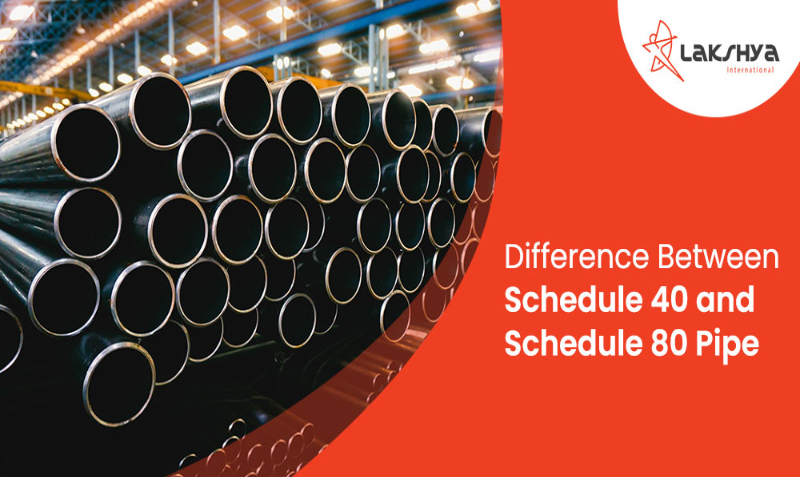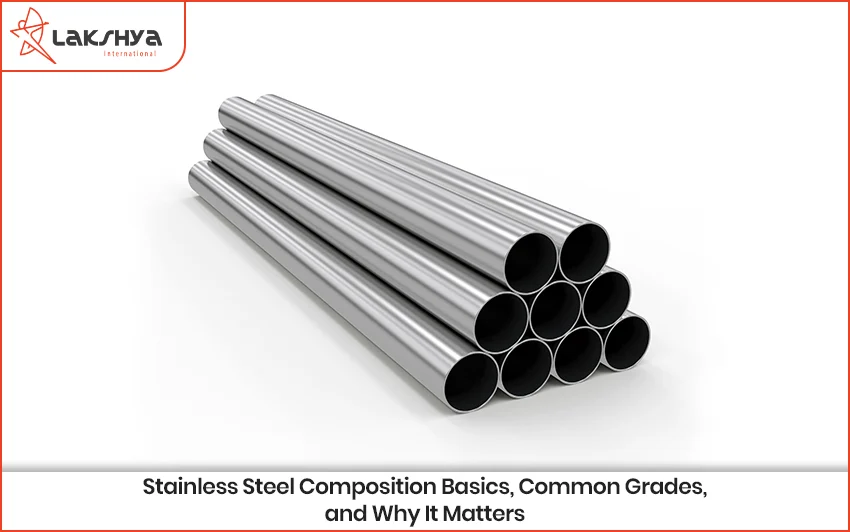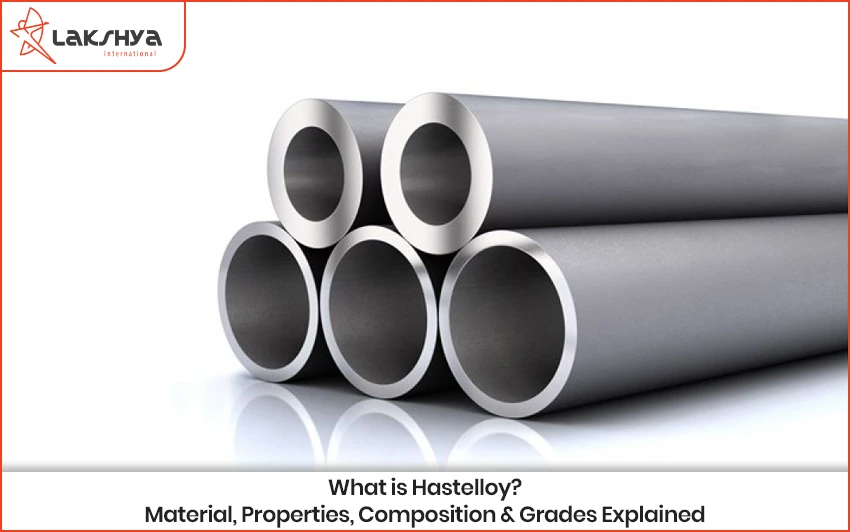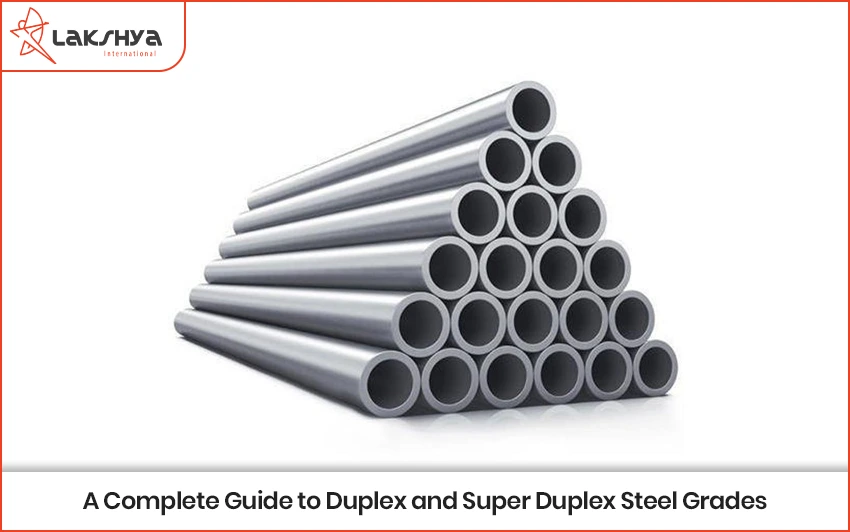What is a Schedule Pipe?
The term ” schedule pipe” refers to the wall thickness of a steel pipe. Each pipe schedule is represented by a number, indicating the thickness of the pipe’s walls.
It is important to note that the schedule number does not directly correspond to the actual wall thickness of the pipe. Instead, it represents a standardized set of thicknesses established by the American National Standards Institute (ANSI). This standardization is based on a formula that considers the pipe’s nominal size and pressure rating.
For instance, a pipe with schedule 40 has a wall thickness of approximately 1/8 inch, while a pipe with schedule 80 has a wall thickness of around 1/4 inch. As the schedule number increases, so does the wall thickness, making the pipe more suitable for applications involving higher pressures. It is crucial to understand that pipe schedules are specific to certain types of pipes, such as seamless or welded pipes. Additionally, different materials like carbon steel, stainless steel, or alloy steel may have varying schedules for pipes of the same size. Thus, it is essential to select the appropriate pipe schedule to ensure that the pipe can withstand the intended pressure and stress in a given application.
What is the difference between Sch 40 vs Sch 80?
The primary difference between Sch 40 and Sch 80 steel pipes lies in the thickness of their walls. Schedule 40 pipes have thinner walls and are commonly utilized in low-pressure applications like residential plumbing or irrigation systems. They are suitable for situations where the pressure remains below 1,000 PSI.
On the contrary, Schedule 80 pipes feature thicker walls and find application in high-pressure scenarios such as industrial processes, hydraulic systems, and underground piping. These pipes are specifically designed to handle elevated pressures and endure greater stress compared to Schedule 40 pipes.
Regarding specific measurements, Schedule 40 pipes have a wall thickness of roughly 0.109 inches, while Schedule 80 pipes boast a wall thickness of about 0.154 inches. Consequently, Schedule 80 pipes are approximately 30% thicker than Schedule 40 pipes.
Although Schedule 80 pipes offer increased strength and durability when compared to Schedule 40 pipes, they also come at a higher cost. The thicker walls of Schedule 80 pipes necessitate more material and additional manufacturing time, resulting in an elevated price. When selecting a pipe for a particular application, it is important to consider the pressure requirements and weigh the cost-benefit of opting for a thicker and relatively more expensive pipe.
Sch 40 vs Sche 80 PVC
The table below outlines the primary distinctions between Sch 40 and Sch 80 PVC pipes:
| Property | Schedule 40 PVC Pipes | Schedule 80 PVC Pipes |
| Wall Thickness | Thinner walls | Thicker walls |
| Durability | Less durable | More durable |
| Common Applications | Residential plumbing, irrigation systems, drain-waste-vent systems, and similar applications | Industrial processes, hydraulic systems, underground piping, and similar applications |
| Pressure Rating | Suitable for low-pressure applications (<1,000 PSI) | Suitable for high-pressure applications |
| Cost | Less expensive | More expensive |
As evident from the table, Schedule 40 PVC pipes have thinner walls and offer less durability compared to Schedule 80 PVC pipes. They are commonly utilized in low-pressure applications such as residential plumbing, irrigation systems, drain-waste-vent systems, and similar applications.
On the other hand, Schedule 80 PVC pipes feature thicker walls, providing increased durability. They are suitable for high-pressure applications like industrial processes, hydraulic systems, underground piping, and similar applications.
Schedule 40 & 80 PVC, CPVC Size & Operational Pressure Table
| Nominal Pipe Size (NPS) | Outside Diameter (OD) | Schedule 40 Wall Thickness | Maximum Pressure (PSI) | Schedule 80 Wall Thickness | Maximum Pressure (PSI) |
| 1/8″ | 0.405 | 0.068 | 810 | 0.095 | 1230 |
| 1/4 | 0.540 | 0.088 | 780 | 0.119 | 1130 |
| 3/8 | 0.675 | 0.091 | 620 | 0.126 | 920 |
| 1/2 | 0.840 | 0.109 | 600 | 0.147 | 850 |
| 3/4 | 1.050 | 0.113 | 480 | 0.154 | 690 |
| 1 | 1.315 | 0.133 | 450 | 0.179 | 630 |
| 1 1/4 | 1.660 | 0.140 | 370 | 0.191 | 520 |
| 1 1/2 | 1.900 | 0.145 | 330 | 0.200 | 470 |
| 2 | 2.375 | 0.154 | 280 | 0.218 | 400 |
| 2 1/2 | 2.875 | 0.203 | 300 | 0.276 | 420 |
| 3 | 3.500 | 0.216 | 260 | 0.300 | 370 |
| 3 1/2 | 4.000 | 0.226 | 240 | 0.318 | 350 |
| 4 | 4.500 | 0.237 | 220 | 0.337 | 320 |
| 5 | 5.563 | 0.258 | 190 | 0.375 | 290 |
| 6 | 6.625 | 0.280 | 180 | 0.432 | 280 |
| 8 | 8.625 | 0.322 | 160 | 0.500 | 250 |
| 10 | 10.750 | 0.365 | 140 | 0.593 | 230 |
| 12 | 12.750 | 0.406 | 130 | 0.687 | 230 |
| 14 | 14.000 | 0.437 | 130 | 0.750 | 220 |
| 16 | 16.000 | 0.500 | 130 | 0.843 | 220 |
| 18 | 18.000 | 0.562 | 130 | 0.937 | 220 |
| 20 | 20.000 | 0.593 | 120 | 1.031 | 220 |
| 24 | 24.000 | 0.687 | 120 | 1.218 | 210 |
However, it’s worth noting that Schedule 80 PVC pipes are more expensive than Schedule 40 PVC pipes due to their thicker walls and higher pressure rating. When choosing a PVC pipe for a specific application, it is crucial to consider the pressure requirements and assess the cost-benefit of opting for a thicker and relatively more expensive pipe.
How Is Scheduling Pipe Used
Pipe scheduling plays a crucial role in guaranteeing the strength and resilience of steel pipes to withstand the pressure and stress imposed on them. The schedule number corresponds to the thickness of a pipe’s walls, with higher numbers indicating thicker walls.
Within the steel industry, pipe scheduling is vital to ensure the safety and dependability of pipes for their intended applications. Different pipe schedules are employed based on the type of pipe and materials used, and the accurate schedule must be selected to ensure the pipe can endure the pressure and stress specific to the application.
For instance, Schedule 40 pipes are commonly utilized in low-pressure scenarios like residential plumbing or irrigation systems. These pipes feature thinner walls and are cost-effective. Conversely, Schedule 80 pipes are preferred in high-pressure situations such as industrial processes or hydraulic systems. With their thicker walls, they can withstand greater stress.
In summary, pipe scheduling is employed to prioritize the safety and reliability of steel pipes across a wide array of applications. Choosing the appropriate pipe schedule for a specific application is vital to ensure the pipe can effectively handle the pressure and stress it will encounter. This consideration helps prevent failures and extends the lifespan of the pipe.
Sch 40 vs Sch 80 Pipe – Major Difference
Pressure: Pipe scheduling plays a vital role in determining the pressure capacity of a plumbing system. A higher schedule number indicates thicker pipe walls, enabling it to withstand greater fluid pressures. For applications requiring higher pressures, it is advisable to use pipes and fittings with a higher schedule number.
In high-pressure applications like pressurized liquid systems, Schedule 80 pipes are typically preferred due to their thicker walls, offering enhanced safety and durability. However, Schedule 40 pipes can also be suitable for applications where the pressure falls within the pipe’s parameters. To determine the appropriate schedule for your application, consider the working pressure requirements.
NPS and Outer/Inner Diameter: When comparing pipes of the same size in Schedule 40 and Schedule 80, the Nominal Pipe Size (NPS) measurements are identical. NPS represents the outer diameter (OD) of the pipe, which remains the same for both schedule types.
However, the key distinction between Schedule 40 and Schedule 80 lies in the size of the inner diameter (ID). Schedule 80 pipes have thicker inner sidewalls, resulting in a reduced inner diameter compared to Schedule 40. The additional material used in Schedule 80 piping contributes only to the inner sidewall thickness. This smaller inner diameter may slightly affect fluid flow rate. Nevertheless, Schedule 80 pipes are better suited for pressurized liquid applications due to their thicker walls, offering greater durability and safety.
Cost: In terms of cost, Schedule 40 plumbing parts are generally more affordable than those made with Schedule 80. The price difference stems from Schedule 80’s thicker sidewalls, which require more material for manufacturing. Additionally, Schedule 80 pipes often include colorants, further increasing production costs.
While Schedule 40 is cost-effective, it may not be the optimal choice for all applications. Consider factors such as fluid pressure and required durability when selecting between the two schedules. For pressurized liquid applications, Schedule 80 is the preferable option due to its thicker walls and increased strength.
Color: Schedule 40 and Schedule 80 pipes typically differ in color, with Schedule 40 plumbing appearing as natural white and Schedule 80 plumbing being gray. The color distinction can help quickly identify the schedule of the plumbing. However, it is important to note that not all manufacturers adhere to this color pattern, so it is necessary to double-check the printed information on the pipes and fittings.
While color can provide a helpful indicator, it should not be relied upon as the sole means of distinguishing between Schedule 40 and Schedule 80 pipes. Always verify the schedule of the plumbing before installation to ensure suitability for the intended application.
Installation: Installing pipes of different schedules made from the same material follows the same procedures as installing pipes made from different materials. The ASTM standard mandates that pipes of the same NPS, regardless of schedule, will have identical outer diameters. Thus, pipes of different schedules can be joined together using standard fittings and joining methods applicable to that specific type of pipe.
Regardless of the schedule, proper installation procedures must be followed to ensure the plumbing system functions safely and efficiently. This includes cleaning and preparing the pipes, using appropriate fittings and connectors, and ensuring proper alignment and support. In summary, installing pipes of different schedules made from the same material is similar to installing pipes made from different materials. By adhering to proper installation procedures and ASTM standards, pipes of different schedules can be joined using standard fittings and joining methods.
Application: Schedule 80 plumbing is considered stronger and more durable than Schedule 40 plumbing due to its thicker walls. This makes Schedule 80 an appropriate option for plumbing applications involving high pressure, mechanical strain, or chemical interaction. When selecting the appropriate pipe schedule, it is crucial to consider the potential stresses and strains the plumbing system will encounter.
Schedule 40 plumbing may be suitable for applications with lower pressure requirements, where cost is a significant factor. However, it is important to note that Schedule 40 plumbing may not be suitable for applications that require higher pressure or involve additional mechanical strain. Ultimately, the appropriate pipe schedule for a specific application depends on various factors, including fluid pressure, expected mechanical strain, and chemical interaction. Consulting with a qualified plumbing professional is essential to determine the best plumbing solution for your specific needs.
The formula for the pipe schedule:
The formula for calculating the pipe schedule is not a single equation but rather a set of standardized values established by the American National Standards Institute (ANSI). The schedule number is determined based on the pipe’s nominal size and pressure rating.
The schedule number is typically calculated using the following formula:
Schedule = P / 10
Where:
- P represents the pressure rating of the pipe in pounds per square inch (psi).
The resulting schedule number is a whole number that corresponds to a specific range of wall thicknesses, as standardized by ANSI. These standardized thicknesses ensure compatibility and reliability across the industry for various pipe sizes and pressure requirements.
Steel Pipe Schedule Chart ANSI B36.10 & 36.19 (Unit in Inch)
The term “SCH” in the context of steel pipes stands for “schedule” and is used to indicate the wall thickness of the pipe. When selecting a steel pipe for a specific application, the pipe schedule plays a crucial role. It represents a numerical value that describes the thickness of the pipe’s wall.
The pipe schedule is denoted by abbreviations such as Sch., followed by a number, which corresponds to a specific range of wall thicknesses. Pipes with the same diameter can have different wall thicknesses depending on their assigned pipe schedule. The selection of the appropriate schedule is important to ensure the pipe can meet the requirements of the intended application.
There are several commonly used pipe schedules, including SCH 5, 5S, 10, 10S, 20, 20S, 30, 40, 40S, 60, 80, 80S, 100, 120, 140, and 160. The higher the schedule number, the thicker the wall of the pipe, which results in greater resistance to pressure.
Summary:
Pipe scheduling is a method used to indicate the thickness of a steel pipe’s wall through a numerical value known as the schedule number. A higher schedule number corresponds to thicker walls, resulting in increased strength and the ability to withstand higher fluid pressures. Schedule 80 pipes are generally regarded as stronger and more durable compared to Schedule 40 pipes. However, it’s important to note that Schedule 80 pipes are also more expensive due to their thicker walls. Schedule 40 pipes are commonly used in building applications as they offer a standard weight and meet the requirements of many plumbing systems. On the other hand, Schedule 80 pipes are often chosen in situations where the pipes are visible or where higher strength and durability are necessary. For high-pressure or high-temperature water applications, Schedule 80 pipes are recommended due to their capacity to handle greater pressure and temperature. They provide an extra level of reliability and ensure the system can withstand the demands imposed by such conditions.
Learn More About Steel Schedule Pipes Dimensions




